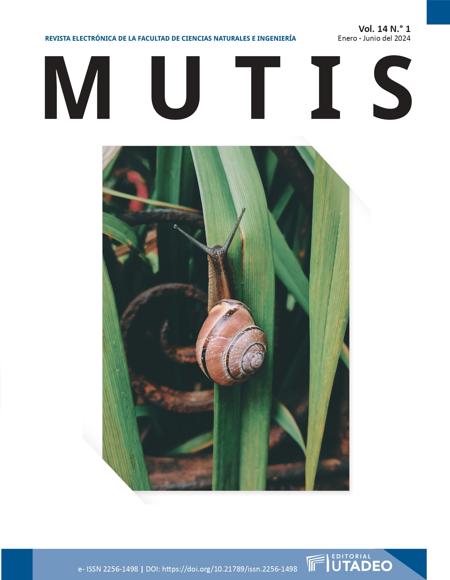
This work is licensed under a Creative Commons Attribution-NonCommercial-ShareAlike 4.0 International License.
Esta obra está bajo una licencia internacional Creative Commons Atribución-NoComercial-CompartirIgual 4.0.
Abstract
This research paper presents the Principal Component Analysis (PCA) technique, and its practical application to machine learning. The objective is to address the problem of dimensional reduction or data compression. Based on an intuitive analysis, this document will help bring economists and other professionals in the social sciences closer to these ideas, which are generally alien to their discussions.
References
Bai-Ng, Bai, J. and Ng, S. (2004). “A PANIC Attack on Unit Roots and Cointegration”. Econometrica, 72: 1127-1177. https://onlinelibrary.wiley.com/doi/abs/10.1111/j.1468-0262.2004.00528.x.
Bai-Ng. (2007). Bai, Jushan, and Serena Ng. “Determining the Number of Primitive Shocks in Factor Models.” Journal of Business & Economic Statistics 25, no. 1 (2007): 52–60. http://www.jstor.org/stable/27638906.
Bai-Ng. (2017). Bai, J. and Ng, S.. “Principal components and regularized estimation of factor models”, https://arxiv.org/abs/1708.08137.
Bates, B. J., M. PLAGBORG-MoLLER-Stock-Watson, J. H. Stock, AND M.W.Watson. (2013). “Consistent Factor Estimation in Dynamic Factor Models with Structural Instability,” Journal of Econometrics, V. 177 (2), p. 289-304, 2013. https://www.
sciencedirect.com/science/article/abs/pii/S0304407613000912?via%3Dihub.
Ben S. Bernanke, Jean Boivin, Piotr Eliasz. (2005). “Measuring the Effects of Monetary Policy: A Factor-Augmented Vector Autoregressive (FAVAR) Approach”, The Quarterly Journal of Economics, Volume 120, Issue 1, February 2005, Pages 387–422. https://doi.org/10.1162/0033553053327452
Cheng, X, Z. Liao, F. Schorfheide. (2016). “Shrinkage Estimation of High-
Dimensional Factor Models with Structural Instabilities”, The Review of Economic Studies, Volume
83, Issue 4, October 2016, Pages 1511–1543, https://doi.org/10.1093/restud/rdw005.
Chen, L., Dolado, J.J. and Gonzalo, J. (2021). “Quantile Factor Models”. Econometrica, 89: 875-910. https://doi.org/10.3982/ECTA15746.
Lettau, M., Markus Pelger. (2020). “Estimating latent asset-pricing factors”, Journal of Econometrics, ISSN: 0304-4076, Vol: 218, Issue: 1, Page: 1-31, 2020. https://doi.org/10.1016/j.jeconom.2019.08.012.
Mol, C., Giannone, D., Reichlin, L. (2007). “Forecasting Using a Large Number of Predictors: Is Bayesian Regression a Valid Alternative to Principal Components?”. Journal of Econometrics, Volume 146, Issue 2, Pages 318-328. https://www.sciencedirect.com/science/article/abs/pii/S0304407608001103?via%3Dihub.
Stock, J. H., and M. W. Watson. (2002). “Forecasting Using Principal Components from a Large Number of Predictors.” Journal of the American Statistical Association 97, no. 460 (2002): 1167–79. http://www.jstor.org/stable/3085839.
Stock, J. H., and M. W. Watson. (2012). “Disentangling the Channels of the 2007-09 Recession,” Brookings Papers on Economic Activity, pp. 81-156. https://www.brookings.edu/bpea-articles/disentangling-the-channels-of-the-2007-2009-recession/20
Vyas, S., L. Kumaranayake. (2006). “Constructing socio-economic status indices: how to use principal components analysis”, Health Policy and Planning, Volume 21, Issue 6, November 2006, Pages 459–468. https://doi.org/10.1093/heapol/czl029.
Downloads
Publication Facts
Reviewer profiles N/A
Author statements
- Academic society
- Universidad de Bogotá Jorge Tadeo Lozano
- Publisher
- Universidad de Bogotá Jorge Tadeo Lozano

 PDF (Español (España))
PDF (Español (España))
 FLIP
FLIP













